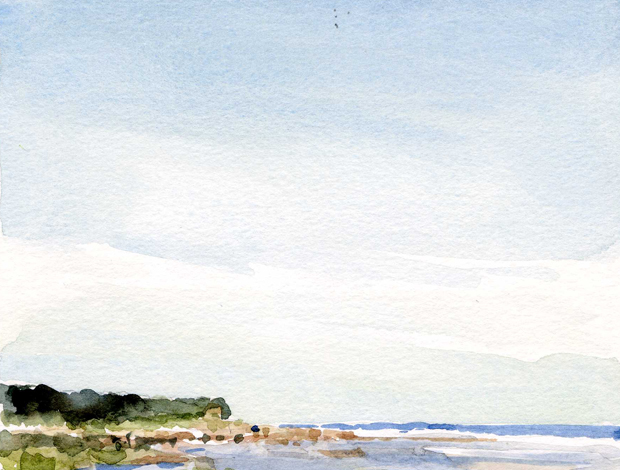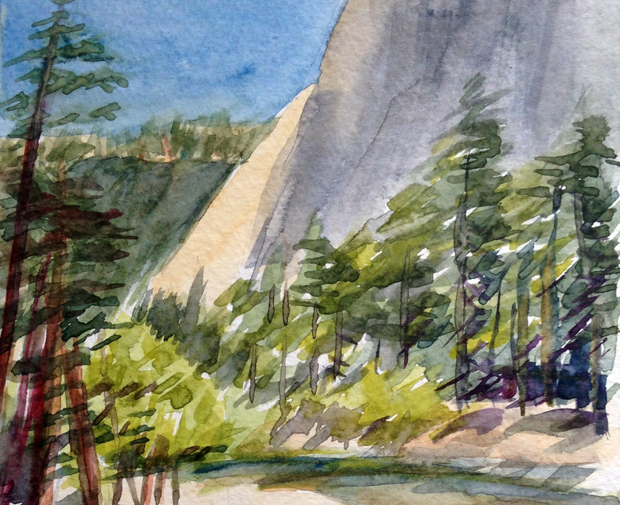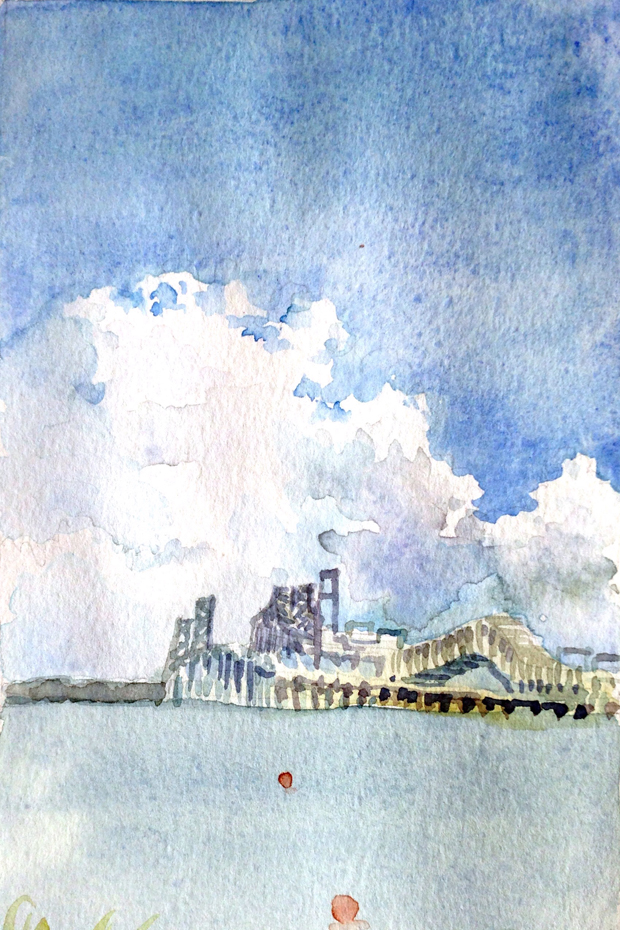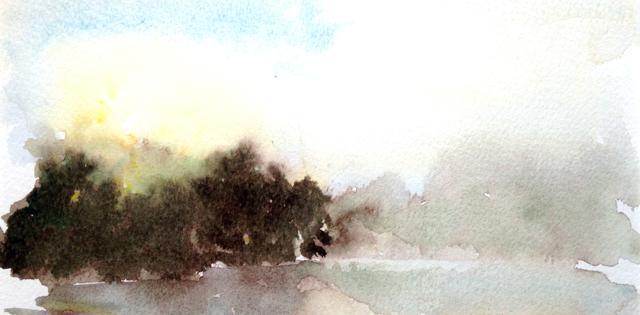“I wish grace and healing were more abracadabra kind of things. Also, that delicate silver bells would ring to announce grace’s arrival. But no, it’s clog and slog and scootch, on the floor, in the silence, in the dark.” ~ Anne Lamott, from Grace, Eventually
Grace is a word you don’t hear much in secular discourse. Last week, President Obama’s eulogy for Rev. Clementa Pinckney was both about grace and full of grace itself. It awakened a memory of a conversation about grace with my father when I was in High School. He was one of those traditional dads who worked and did dad things, so I didn’t have a lot of interactions with him. This conversation about grace was a rarity. Turns out, he couldn’t quite put his finger on it, either. I think he spoke of God’s presence or friendship, and we both enjoyed wondering about it together. That in itself was a moment of grace, a precious heart connection to each other and to something bigger than us.
Human affairs are full of flaws, opposition and contradictions. There never seems to be that one right solution that we can all agree on. And so we wrangle. In interactions with friends about the President’s recent successes, they were quick to point out his many failures and betrayals. It’s true he compromised on health care reform, and I can’t say I understand the appeal the Trans Pacific Partnership, which seems to me like a nightmare for workers and the environment. And let’s not forget, these friends say, about the drone strikes and the “Surge.” I get it, I do. And yet, there’s something we are missing when we argue like this. It’s too easy to find these imperfections. Continue reading










